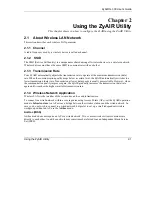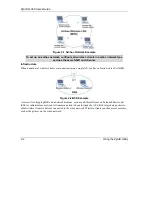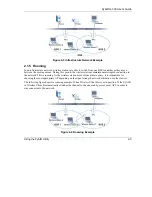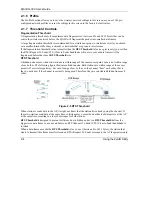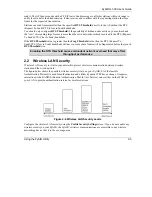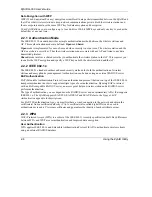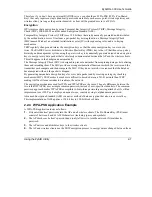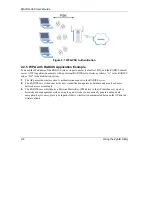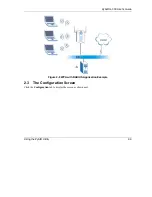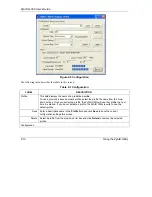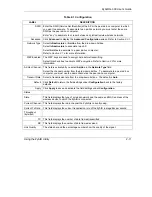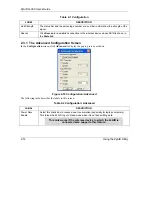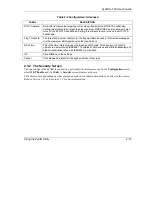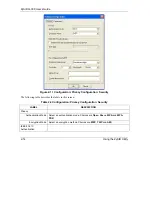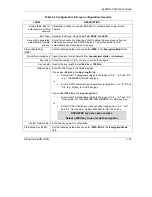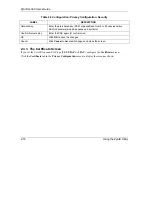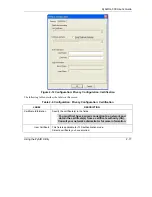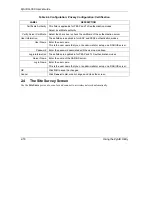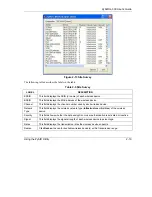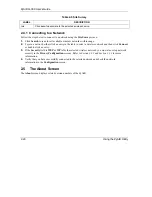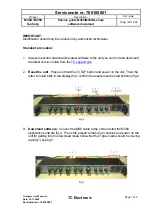
ZyAIR G-300 User’s Guide
Using the ZyAIR Utility
2-5
send it. The AP then responds with a CTS (Clear to Send) message to all other stations within its range to
notify them to defer their transmission. It also reserves and confirms with the requesting station the time
frame for the requested transmission.
Stations can send frames smaller than the specified
RTS Threshold
directly to the AP without the RTS
(Request To Send)/CTS (Clear to Send) handshake.
You should only configure
RTS Threshold
if the possibility of hidden nodes exists on your network and
the “cost” of resending large frames is more than the extra network overhead involved in the RTS (Request
To Send)/CTS (Clear to Send) handshake.
If the
RTS Threshold
value is greater than the
Frag Threshold
value, then the RTS (Request To
Send)/CTS (Clear to Send) handshake will never occur as data frames will be fragmented before they reach
RTS Threshold
size.
Enabling the RTS threshold causes redundant network overhead that may affect
throughput performance.
2.2 Wireless
LAN
Security
Wireless LAN security is vital to your network to protect wireless communication between wireless
stations and the wired network.
The figure below shows the possible wireless security levels on your ZyAIR. EAP (Extensible
Authentication Protocol) is used for authentication and utilizes dynamic WEP key exchange. It requires
interaction with a RADIUS (Remote Authentication Dial-In User Service) server either on the WAN or
your LAN to provide authentication service for wireless stations.
Figure 2-6 Wireless LAN Security Levels
Configure the wireless LAN security using the
Profile Security Settings
screen. If you do not enable any
wireless security on your ZyAIR, the ZyAIR’s wireless communications are accessible to any wireless
networking device that is in the coverage area.
Summary of Contents for ZYAIR G-300
Page 1: ...ZyAIR G 300 Wireless LAN PCI Adapter User s Guide Version 2 00 October 2004 ...
Page 6: ......
Page 38: ......
Page 40: ......
Page 50: ......











